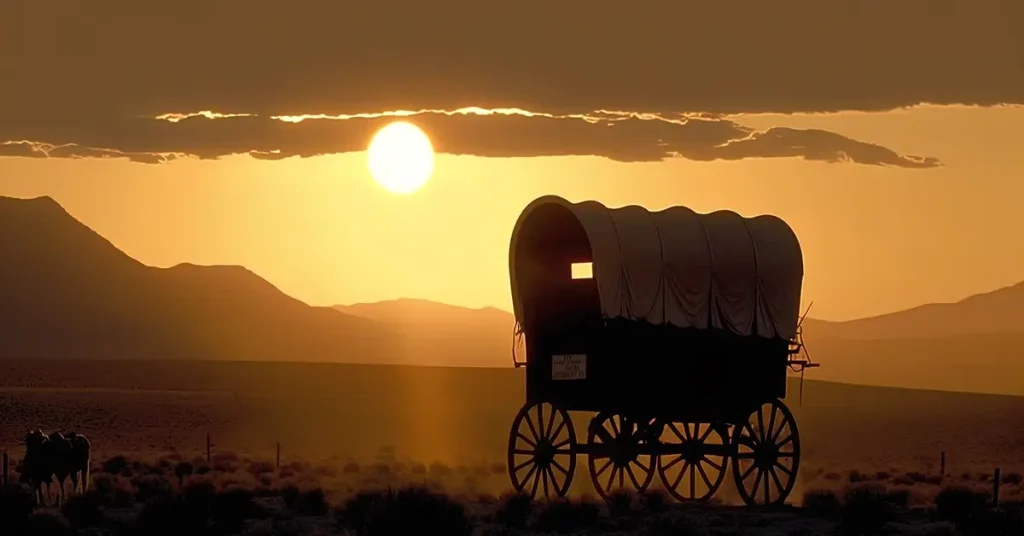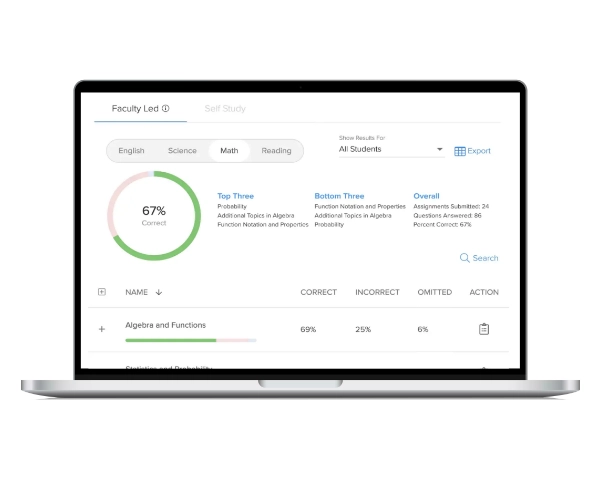When mid-19th century American pioneers made their way across the Oregon Trail, successfully reaching their destination was a matter of life or death. Preparing for the long and arduous journey was something they didn’t take lightly, and every resource needed for survival was carefully accounted for in their covered wagons.
Although it is not a matter of survival—regardless of how much it can feel that way—AP U.S.History teachers must also use the weeks leading up to the exam for extensive preparation. They, too, must carefully consider everything needed for success, and for their students, that means spiraling through every course topic. APUSH teachers understand how important content review is because they know how difficult the AP U.S. History exam is. As per the College Board®‘s score distribution report for the 2022 AP exams, just 48.2% of students who took the AP U.S. History exam passed with the needed score of 3 or higher.1
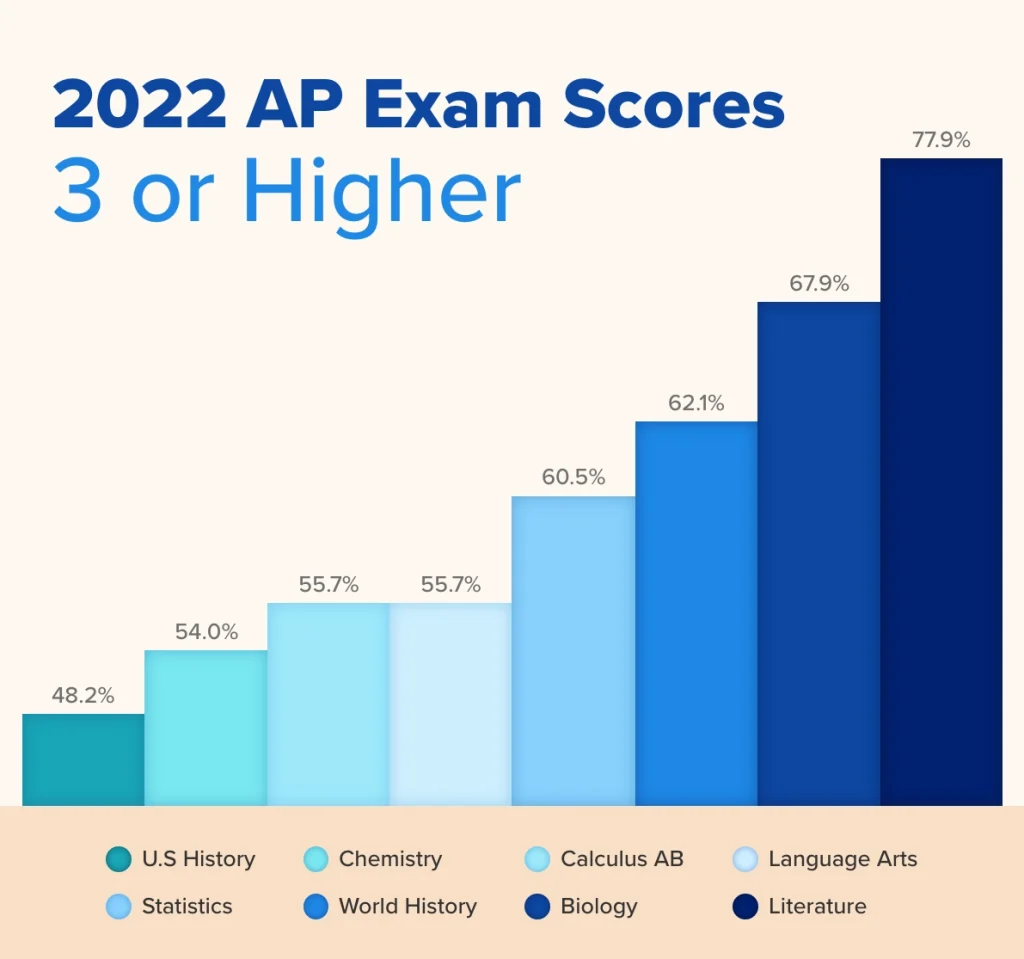
Student Score Distributions on AP exams (2022)
To give their students the best chance of doing well on the test, AP U.S. History teachers must carefully prepare for a tough summative review. And to help make that a little easier, we’ve provided five last-minute APUSH review tips that can be incorporated into any content spiraling plan.
Tip 1: Break Curriculum into Smaller, Doable Parts
Spiraling through all of the content units that may be tested is the main goal of the last few weeks of test preparation before an exam. However, it can be challenging to cover all of the course material required to ensure that students are prepared when there isn’t much time left before the exam. This is why, according to a study from the Educational Psychology Review2, breaking up study material into manageable pieces, or “chunking,” is a great test prep strategy.
In short, organizing information into smaller, easier-to-understand chunks can help students better understand the material and, as a result, feel more confident about it. Teachers can divide an AP United States History unit or concept into smaller sections and work on each one separately rather than trying to cover it all in one review session. This enables them to concentrate on one subject at a time and improves their memory of what they have learned.
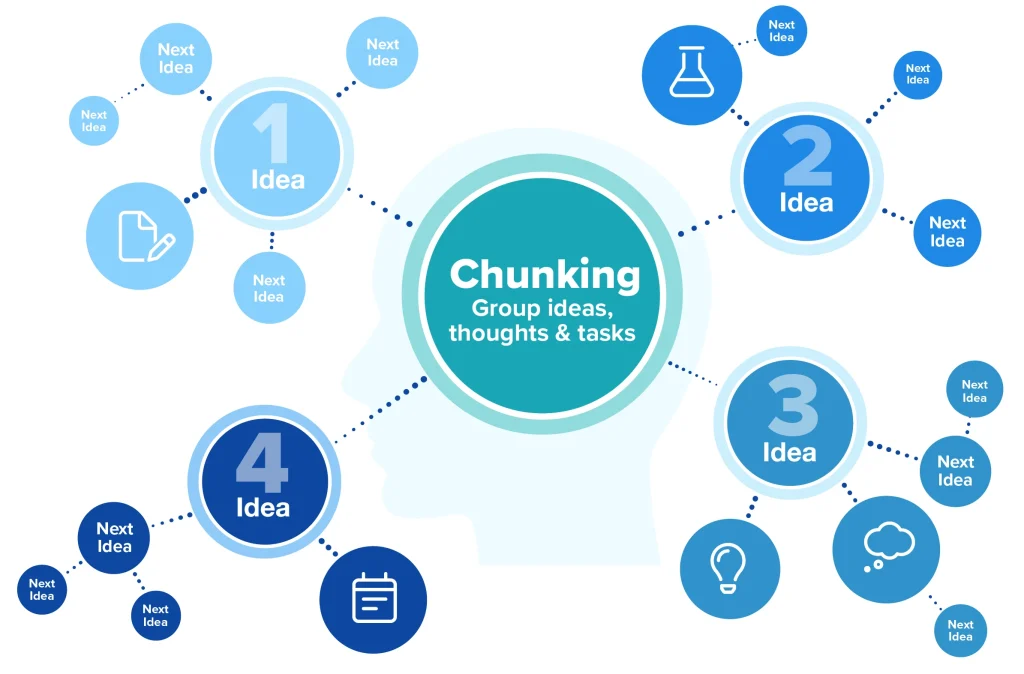
“Interleaving,” or reviewing several related topics at once, is another method APUSH teachers can use to get their students ready for the test. Research shows that when teachers “interleave” a variety of subject areas, their students learn to distinguish between seemingly unrelated topics and are better able to find and learn from their similarities.2 By incorporating these test-taking tips into their lesson plans, APUSH teachers can help their students feel more confident and ready for the APUSH test.
Our Choice for an AP U.S. History Test Review Guide: Gilder Lehrman
Our selection for the best study guide teachers can use for their AP U.S. History test review is Gilder Lehrman’s AP US History Guide.
Why We Chose It:
- Provides comprehensive coverage of the entire AP US History curriculum, making it an excellent resource for a last-minute APUSH review
- Includes primary sources, such as letters, speeches, and documents, to help students better understand historical events and analyze them critically
- Offers interactive activities and quizzes that allow students to test their knowledge and reinforce their understanding of key concepts and themes
- Is created by experts in the subject matter
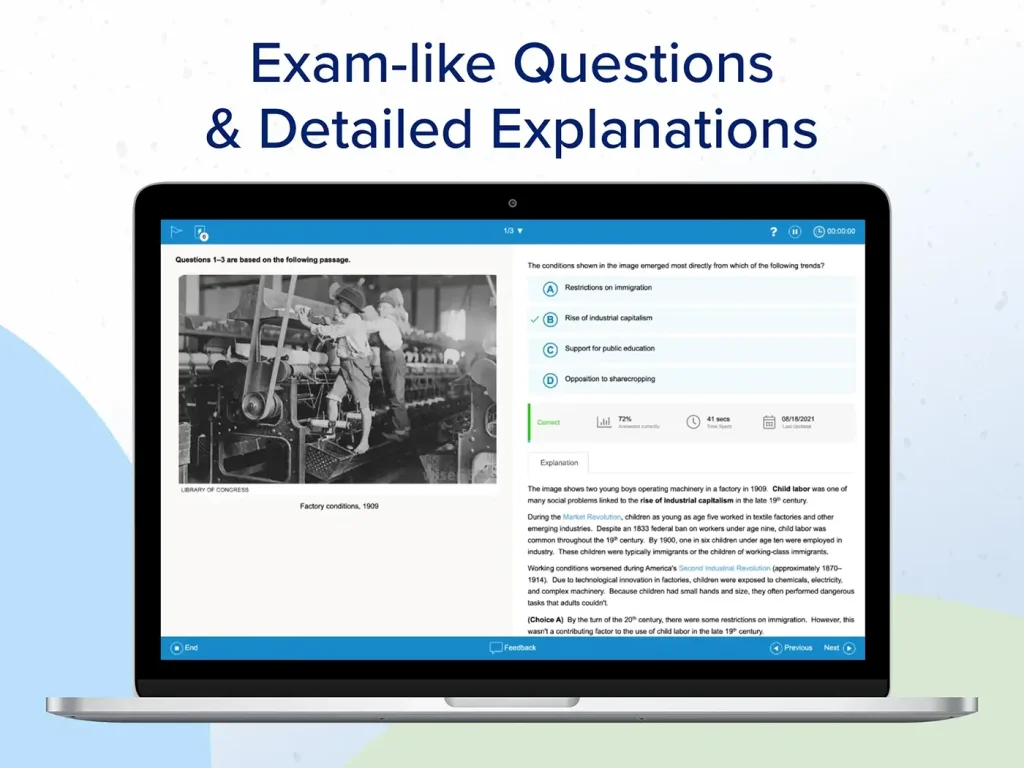
Tip 2: Practice with Released Exam Questions
One of the simplest ways APUSH instructors can help their students prepare for the test is by allowing them to practice with previously released exams. According to research from the University of Nebraska-Lincoln3, test preparation questions that were identical to those on the actual exam increased scores by an average of 15%. Comparatively, studying with questions that were different from those on the actual test only led to a 6% boost in test scores. Furthermore, there is no doubt that the questions from previous AP U.S. History exams are the closest to what students will see on test day.
Our choice for released exam questions: The College Board secure released exams
Our top pick for a released exam resource is The College Board. After all, it’s the only place where you can get real, released AP tests to download. While students do not have access to these free, comprehensive tests, AP instructors can use them in the classroom. These released exams are also available in AP Classroom, both in the AP Question Bank and with other recently released questions.4 AP United States History instructors can find out more about these exams in the AP Classroom User Guides.
Why We Chose It:
- These are real exam questions from previous years, making them a trustworthy and authentic source
- Comply with the APUSH exam’s current format and structure, including the number of questions, the types of questions, and the time limit
- Past exam questions cover a variety of question types and topics
- Designed to cover a range of levels of difficulty, from easy to challenging
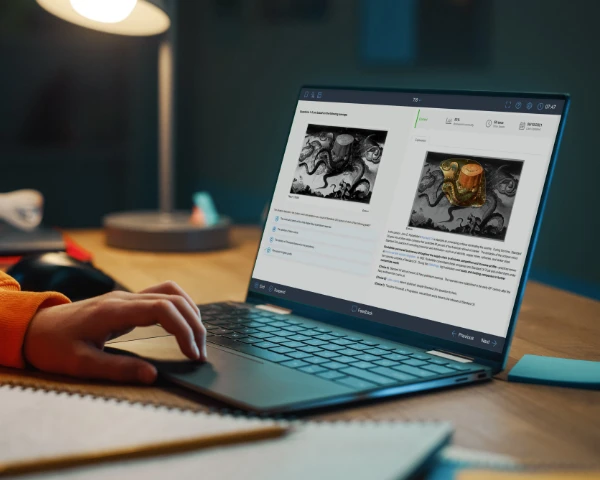
Tip 3: Multiple-Choice Practice Makes Perfect
Naturally, a key aspect of an AP U.S. History test review is practicing with multiple-choice questions. APUSH teachers should make an effort to get their students to complete at least two previously covered multiple-choice questions per day while they are spiraling through review material. Multiple-choice exit tickets or bellringers can help students review key ideas that might be covered on the test.
Students can practice using test-taking strategies by responding to multiple-choice questions in order to get ready for the AP U.S. History exam. Working on a variety of multiple-choice problems will help students get in the habit of using annotations, paying attention to clues from the context, and getting rid of obvious wrong answers. This habit will increase their test-taking efficiency and accuracy. Students can learn how to manage their time better and get used to the pace of the test by practicing with multiple-choice questions.
Our choice for multiple-choice practice: UWorld
We selected UWorld’s Learning Tools for AP Courses as the best source for multiple-choice practice questions. It’s an excellent way to incorporate multiple-choice questions into a last-minute APUSH review.
Multiple-choice questions from UWorld come with excellent explanatory feedback for students. Adaptive learning technology changes each lesson based on how well the student understands it. This gives the student personalized practice. As they prepare for the APUSH exam, students can use it throughout the year to review what they’ve learned, identify their areas of strength and development, and expand their knowledge and skill sets. It also provides students with a quick way to review key ideas and get practice answering multiple-choice questions in the final weeks of test preparation.
Why We Chose It:
- Gives students real-time feedback and a breakdown of the appropriate and inappropriate responses. With the help of the feedback, students can better understand the underlying ideas and develop their problem-solving skills by receiving thorough explanations for AP United States History questions
- It covers all the topics covered on the APUSH test in detail and offers hundreds of multiple-choice practice questions
- Practice questions are timed, which helps students prepare for the time constraints of the AP U.S. History exam and allows teachers to assess their student’s ability to complete the exam in the allotted time
- Gives teachers the ability to choose particular topics and question types for their students to practice, allowing for customized practice sessions. This enables instructors to concentrate their review on the areas where their students most need assistance and makes sure they are well-prepared for the test.
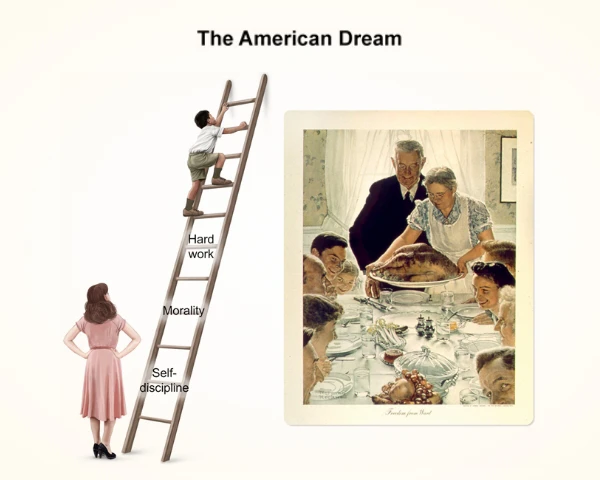
Tip 4: Greater Understanding with Justifications – Studying for DBQs
Understanding how important it is to understand is one of the main differences between education today and education in the past. In order for students to truly grasp a concept, teachers must ensure that they understand the reasoning behind it, rather than just providing the solution. So, when getting ready for the APUSH test, it’s important to give students many chances to talk about why they chose certain answers. Teachers can help students understand and remember the material by having them answer document-based questions and explain their reasoning in writing. This will also help them get used to DBQs before the test. A study published in the Journal of Computer-Assisted Learning5 found that students who were asked to explain why they chose a certain answer to a question knew more about the topic than those who were only asked to give answers. By integrating written explanations into the learning process, students can better understand the subject matter and retain it.
Teachers can help their students understand spiraled topics by having them answer DBQs and explain their answers in the short amount of time they have to study for the AP U.S. History exam. Teachers can also help their students do well on the test by showing them online examples of great document-based essays that other students have written. Teachers can also encourage students to come up with ideas for DBQs together while using model questions.
Our choice for additional DBQ practice: HistoryTeacher.net
HistoryTeacher.net is a great choice for DBQ practice for the AP U.S. History test because it provides a vast selection of document-based questions, scoring rubrics, and examples of successful essays, as well as tips and strategies to help students improve their skills in analyzing primary and secondary sources.
Why We Chose It:
- Provides a wide variety of document-based questions for AP U.S. History practice
- Offers detailed guidelines and strategies for analyzing primary and secondary sources
- Provides scoring rubrics and examples of successful DBQ essays on the site
- Covers a range of historical periods and topics, providing comprehensive practice opportunities.
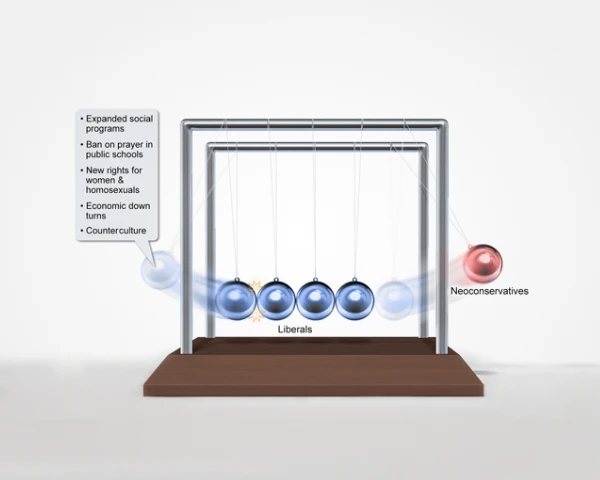
Tip 5: Repetition with Flashcards
When spiraling through the previous course material and reviewing important vocabulary terms, repetition is a fantastic tool for content retention. Flashcards allow for active learning, and retrieval practice helps students remember information more effectively over time. According to the Central Penn College Learning Center, “Flashcards help students to engage in active recall or a process wherein students actively engage in learning by stimulating our memories and creating lasting connections to the material.”6
Teachers should go over a wide range of concepts and important vocabulary words when conducting an AP U.S. History test review with their students. While reviewing these concepts in class, students can stay engaged and motivated by participating in flashcard-based activities. Consistent flashcard-based review exercises in APUSH classes can help students remember and retain crucial course material, whether they are used to have students study flashcards independently or include them in group review activities.
Our recommendation for AP US History flashcards: UWorld
The UWorld flashcards feature is our top recommendation for a source for AP U.S. History flashcards. The UWorld flashcards feature is a flexible and practical way to review and improve their course knowledge. They can create their own decks and concentrate on particular course topics. It is an effective study tool for AP U.S. History exam prep due to its user-friendly interface and the flexibility of the flashcard feature.
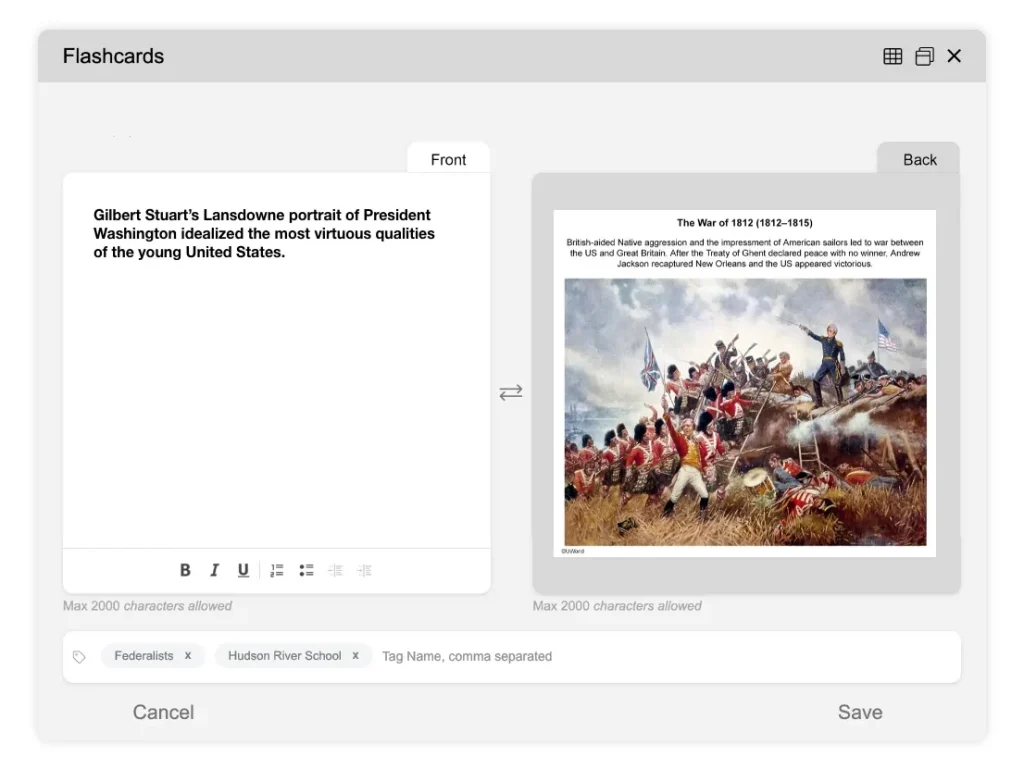
Additionally, teachers can assign a variety of review tasks that require their students to use paper flashcards. Here are some suggestions for how to use them in your AP U.S. History exam preparation.
Put Understanding Before Memorization:
To increase your understanding of a subject, try to make connections between ideas rather than just memorizing them.
Make Your Own Flashcards:
Making your own flashcards allows you to recall information better as it forces you to engage with the material and puts the content in your own words.
Create Text and Images on Your Cards:
Including text as well as images on your flashcards helps your brain make connections between the visual and linguistic representations of the material, which can aid in retention and recall.
Use Your Flashcards for Fun Review Exercises:
Incorporating games or other fun activities into flashcard review can make studying more engaging and enjoyable, which can lead to better retention and a more positive attitude towards learning.
Put Understanding Before Memorization:
To increase your understanding of a subject, try to make connections between ideas rather than just memorizing them.
Make Your Own Flashcards:
Making your own flashcards allows you to recall information better as it forces you to engage with the material and puts the content in your own words.
Create Text and Images on Your Cards:
Including text as well as images on your flashcards helps your brain make connections between the visual and linguistic representations of the material, which can aid in retention and recall.
Use Your Flashcards for Fun Review Exercises:
Incorporating games or other fun activities into flashcard review can make studying more engaging and enjoyable, which can lead to better retention and a more positive attitude towards learning.
Bonus Tip: Prepare Students with Test Day Reminders
This final tip may seem more like general test-taking advice than a review for the APUSH exam, but it’s necessary to go over what students need to do and bring on the exam day. Every year, students forget to bring a pencil and a fully charged calculator, they forget to turn off their phones, or they arrive late for their Advanced Placement exams. A study conducted by The College Board7, however, revealed that, on average, students who arrived on time and had all the supplies they needed for their AP exam performed 20 points better than those who were running late or had forgotten their supplies. Go over a checklist of all the things your students need to do to get ready for the AP United States History exam, as well as the materials they’ll need on the day of the test.
Checklist of Reminders for AP U.S. History Students
The Day Before the APUSH Exam:
Prepare for the test by gathering all of your supplies
Do not overstudy for the exam
Eat a balanced meal and drink plenty of water
Spend time relaxing and engaging in stress-reducing activities
Review testing strategies
Make sure to double-check the exam’s location and start time
Set multiple alarms to make sure you get up on time
Along with everything else you’ll need, put a legitimate photo ID in your bag
Make travel arrangements to the exam site
The Day of the APUSH Exam:
Bring a pen with dark blue or black ink
Bring a legitimate government-issued photo ID
Bring the AP student packet you received, which includes a demographics sheet and an AP number label
Bring your electronic ticket for the exam or your registration confirmation
Take a watch with you to keep track of the time
Bring a snack and some water that must be left on the ground the entire test and only touched during breaks
Key Takeaways
The final few weeks before the APUSH exam are without a doubt crucial for teachers who want to give their students the best content review and test preparation possible. The last-minute APUSH tips in this article can be used to help students feel more prepared and secure when taking the AP U.S. History exam.
Learn more about how we strive to support AP teachers who want to make a difference in the lives of their students with our Learning Tools for AP Courses.
References
- Student Score Distributions* AP exams – May 2022. (n.d.). Retrieved March 22, 2023, from https://apcentral.collegeboard.org/media/pdf/ap-score-distributions-by-subject-2022.pdf
- Rohrer, D. (2012, July 28). Interleaving helps students distinguish among similar concepts – educational psychology review. SpringerLink. Retrieved March 21, 2023, from https://link.springer.com/article/10.1007/s10648-012-9201-3
- The effects of age and professional expertise on … – Wiley Online Library. (n.d.). Retrieved March 22, 2023, from https://onlinelibrary.wiley.com/doi/abs/10.1002/acp.1467
- Formative assessment. AP For All. (n.d.). Retrieved March 29, 2023, from https://apforallnyc.com/formative-assessment/
- Let me explain! the effects of writing and … – Wiley Online Library. (n.d.). Retrieved March 22, 2023, from https://onlinelibrary.wiley.com/doi/10.1111/jcal.12608
- Libguides: Learning Center – Study Skills: Flashcards. Flashcards – Learning Center – Study Skills – LibGuides at Central Penn College. (n.d.). Retrieved March 22, 2023, from https://guides.centralpenn.edu/c.php?g=695569&p=4999857
- Source: College Board. (2021). AP Exam Score Distributions. Retrieved from https://reports.collegeboard.org/media/pdf/2021-ap-student-score-distributions_1.pdf
